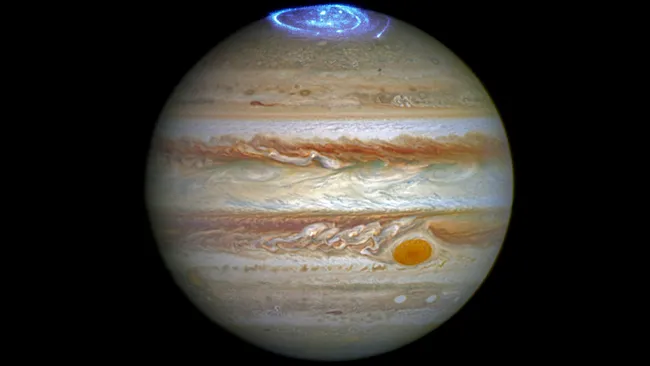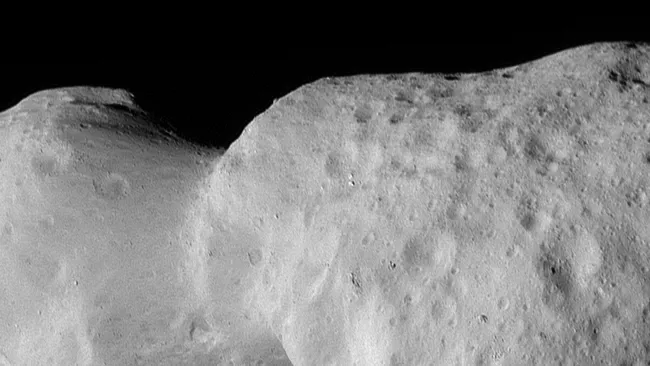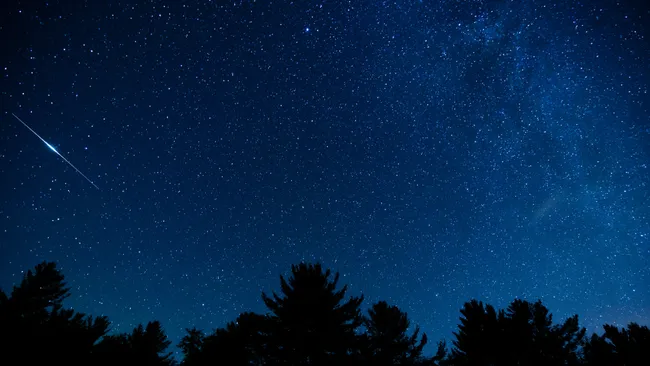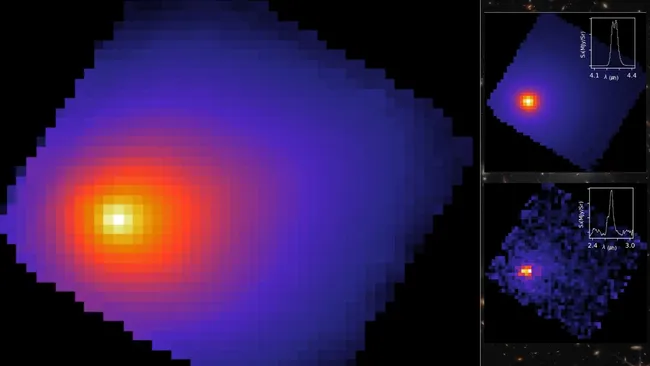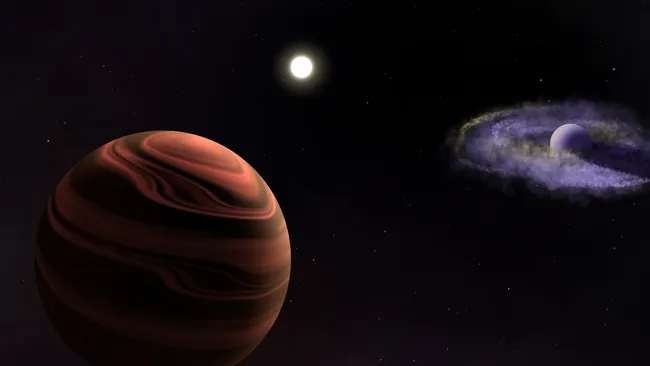We are living in a new era of lunar exploration. By 2030, over 100 payloads from around the world are scheduled to visit the Moon. As Earth’s closest celestial neighbor becomes increasingly crowded, the potential for interference, collisions, and conflict is growing. Without coordinated efforts to share critical information between missions, close encounters—already common among lunar orbiters—could escalate into hazardous situations.
While the 1967 Outer Space Treaty (OST) laid foundational principles for the peaceful use of outer space, these principles must now be refined and adapted to the specific realities of lunar activity. Failing to do so risks undermining the safety, sustainability, and peaceful intent of future Moon missions.
Currently, information about lunar activities is shared inconsistently—if at all. States release details at different times, in varied formats, and through disparate channels. This fragmented approach limits the usefulness of the data, posing serious risks to coordination and mutual understanding.
In response, international bodies such as the UN Committee on the Peaceful Uses of Outer Space (COPUOS), the Artemis Accords, and the International Lunar Research Station (ILRS) have all placed lunar information sharing at the top of their agendas.
To support this momentum, the Lunar Policy Platform Foundation (LPP)—with funding from the Open Lunar Foundation—conducted five months of bilateral consultations with more than 70 representatives from 35 governments, space agencies, companies, and independent experts. The goal: understand global views on how, when, and where to share information about lunar activities.
The resulting insights have been compiled into a working document, “Lunar Information Sharing 101,” now under review by stakeholders. The following is a summary of its core principles and recommendations:
Why Lunar Information Sharing Matters
1. Safety
Knowledge of the timing, location, and methods of lunar operations is essential to prevent harmful interference. Article IX of the OST underscores the obligation to conduct activities with “due regard” for the interests of others. Yet applying this principle to the Moon is complex for three reasons:
- The lunar environment is poorly understood, making it hard to predict operational impacts.
- High technical and financial barriers make mission adjustments difficult.
- We often don’t know what other stakeholders’ interests are, due to inadequate information-sharing practices.
2. Peace
Sharing details about mission intent and scope helps prevent misunderstandings in a fragile geopolitical climate. The Registration Convention has historically served this purpose in Earth’s orbit, but it offers limited coverage for lunar activity.
3. Sustainability
Transparency fosters cooperation, interoperability, and more efficient lunar resource use. For example, India’s ISRO shared data from its Chandrayaan-2 orbiter, enabling Japan’s JAXA to refine the precision landing of its SLIM mission.
4. Capacity Building
Shared knowledge benefits all lunar actors. Scientific data—such as geological insights from China’s Chang’e 6 far-side mission—can inform research globally. Awareness of ongoing or upcoming missions also supports commercial development and collaborative opportunities.
Current Information Sharing Practices
Per Article XI of the OST, States are expected to inform the UN Secretary-General and the global scientific community about their space activities. Typically, this is done through press releases, academic papers, or diplomatic communications known as “note verbales.”
However, only a few countries (e.g., the U.S., U.K., Netherlands, China, Russia, Japan, Luxembourg) routinely comply. As a result, lunar mission data remains scattered and incomplete, and no central repository currently exists to provide real-time or holistic oversight.
Proposed Improvements in Lunar Information Sharing
What to Share:
At minimum:
- List of planned activities
- Responsible entities
- Objectives, duration, location
- Debris and post-mission residue
Additionally:
- Technical system data
- Scientific results
- Lessons learned
Where to Share:
Information can be shared via:
- Article XI notifications to the UN
- Registration Convention
- Dedicated online platforms by lunar operators
How to Share and Display:
A common template for mission data would standardize reporting. Progress toward such a template is already underway within COPUOS’s Legal Subcommittee. Two complementary platforms are proposed:
- Lunar Registry (by UNOOSA): For public transparency and capacity building
- Lunar Database (e.g., Lunar Ledger by Open Lunar Foundation): For operational safety and coordination, including sensitive data
When to Share:
Suggested timeline:
- 12 months before launch: Mission overview and contact info
- 6 months before: End-of-life details, hazards, and precautions
- 1 month before: Human and material involvement
- At launch announcement: Trajectory info
- During mission: Live status updates
- 1 month after mission ends: Preliminary results
- 6–12 months after: Final report and scientific data
What’s Next?
The UN’s Action Team on Lunar Activities Consultations (ATLAC), formed in 2024, is exploring long-term frameworks for consultation and coordination. A final report is expected by 2027. ATLAC’s mission is to evaluate whether a new international mechanism is needed to oversee lunar activities and implement standardized practices for information exchange.
Information sharing is the bedrock of safe, peaceful, and sustainable lunar governance. The time to act is now, before lunar activity becomes too crowded and chaotic to manage effectively.
About the Authors
Antonino Salmeri is a space lawyer and Director of the Lunar Policy Platform. He holds four advanced law degrees and has authored several leading publications in space law and policy.
Samuel Jardine is a geopolitical consultant and Policy Specialist at the Lunar Policy Platform. He holds positions at London Politica, Luminint, and Oxford University, and is a fellow of the Open Lunar Foundation and Centre for Space Governance.


